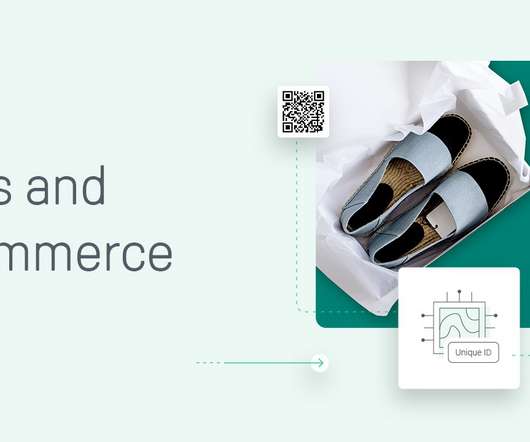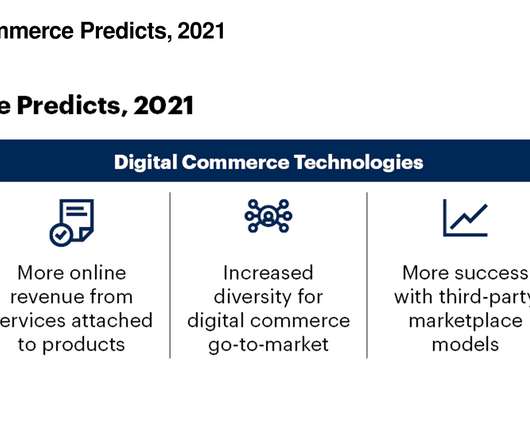How NFTs Can Fight Fraud and Increase Customer Loyalty
Omnisend
JUNE 14, 2021
This type of sensor would not give off an active signal (like an ankle monitor), but rather a passive way for companies and consumers to scan and prove the sneakers’ authenticity. In practice, a consumer can purchase a pair of sneakers from a Shopify store and receive the NFT via email or into their Real Items wallet.










Let's personalize your content